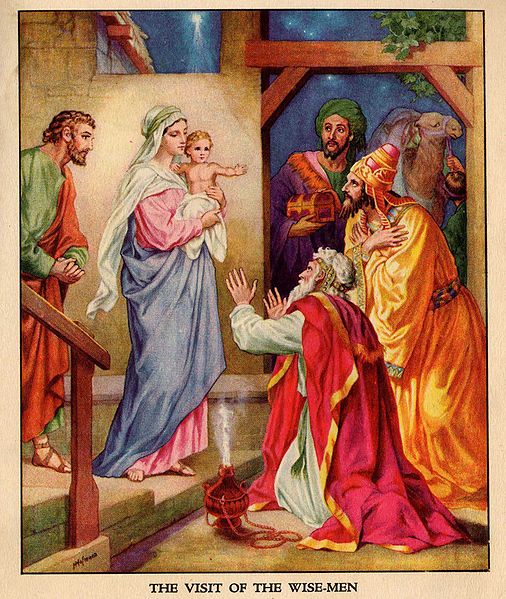 In the ancient church, the 6th of January was observed in celebration of not only the birth of Jesus and the adoration of the Magi and shepherds, but also other events such as his baptism by John and the wedding at Cana.
In the ancient church, the 6th of January was observed in celebration of not only the birth of Jesus and the adoration of the Magi and shepherds, but also other events such as his baptism by John and the wedding at Cana.
Taking a narrative view of ritual, Unitarian Reform collects all of the birth-related events together in the Advent/Christmas season, reserving the stories of Jesus’ adulthood for the more solemn Lenten season.*
For this reason, Reform Unitarian Epiphany — closing out the Christmas season — commemorates the Adoration of the Magi and Shepherds, celebrating the universality of the Christian message, from high priests to herders, and from Jesus’ fellow religionists to representatives of a completely different ethno-religious tradition.
The local Jewish shepherds create a spiritually and morally significant contrast to the foreign Magi, high priests of Zoroastrianism: both the breadth of cultural idiom and the heights of socioeconomic class are bridged in their Adoration. As the shepherds were guided by an angel who spoke to them, while the Magi were guided by a star they studied, these two visitations also represent personal and impersonal idiomatic approaches to truth.
May you have a Joyous Epiphany!
_
* The Temple-related events of Jesus’ childhood, including his presentation and later disputation, are collectively celebrated on Candlemas, the first Thursday in February.
[An earlier version of this article was posted on Epiphany, 2010]

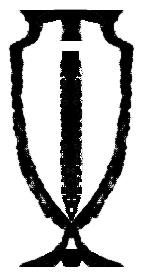 The American Unitarian Reform website will resume posting at the beginning of the
The American Unitarian Reform website will resume posting at the beginning of the  In the ancient church, the 6th of January was observed in celebration of not only the birth of Jesus and the adoration of the Magi and shepherds, but also other events such as his baptism by John and the wedding at Cana.
In the ancient church, the 6th of January was observed in celebration of not only the birth of Jesus and the adoration of the Magi and shepherds, but also other events such as his baptism by John and the wedding at Cana.
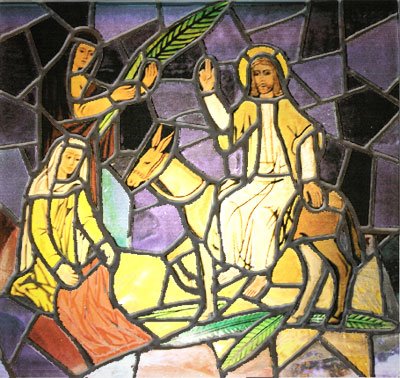
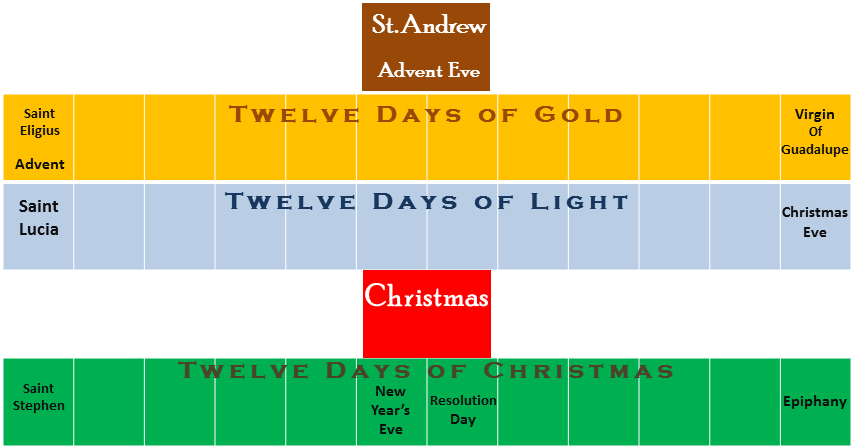
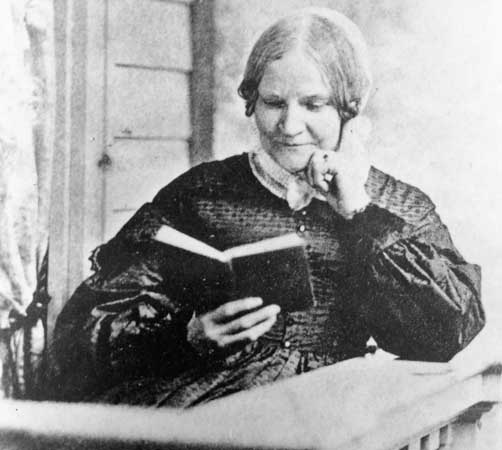 Many readers may recall the line “over the river and through the wood” as part of a song called A Merry Christmas at Grandmother’s, but the song was originally a Thanksgiving tune, with the ultimate destination Grandfather’s house.
Many readers may recall the line “over the river and through the wood” as part of a song called A Merry Christmas at Grandmother’s, but the song was originally a Thanksgiving tune, with the ultimate destination Grandfather’s house. This blog is being discontinued, but old posts may be republished for holidays.
This blog is being discontinued, but old posts may be republished for holidays.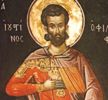 In honor of St. Justin, today we re-post a selection of quotes from his writings, originally posted in 2008.
In honor of St. Justin, today we re-post a selection of quotes from his writings, originally posted in 2008. After taking a brief dip during February, the American Unitarian Reform zoomed to over twice its normal readership in March!
After taking a brief dip during February, the American Unitarian Reform zoomed to over twice its normal readership in March!